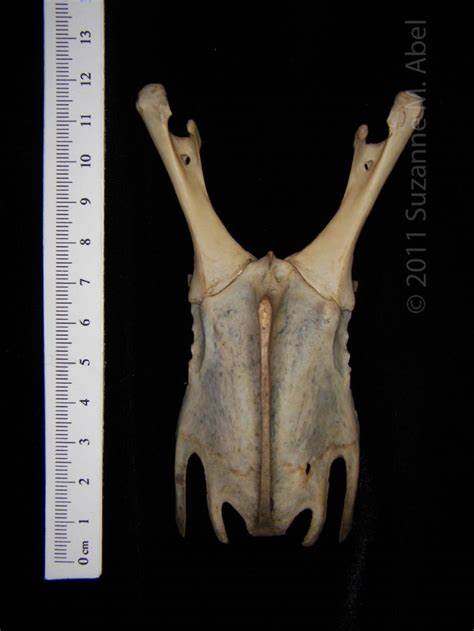Our friends at Cascades Raptor Center in Oregon haven't stopped working just because nature wiped out half their facility in a snowstorm! Here's a story of a GHO who got fixed up right during their repair efforts.
Despite our visitor center being closed to the public, the Louise Shimmel Wildlife Hospital has been up and running, even through the storm! Pictured is a Great Horned Owl who was found tangled in the fence of an Emu pen on a rainy day. It was so wet and muddy from the rain that it wasn't able to fly, and came into the hospital with a coracoid fracture and an old eye injury. Our team gave it a bath and with time and rest it successfully recovered and was released last week!
The coracoid is a protrusion of the scapula. You have one as well, though it isn't the exact same thing anymore in humans. In birds, it's an attachment point for muscles providing opposing force to the strong pectoral muscles used in downward wing flaps. To withstand that force, it takes a pretty serious impact to damage it, so there is usually also surrounding damage.
From Veterinary Information Network (long time resource for vets, started as BBS in 1990!)
Studies have shown that coracoid injuries often yield a characteristic flight pattern described as an inability to gain altitude while flying only short distances, low to the ground. This is most likely due to an inability to raise the injured wing above the shoulder. Wing droop may or may not be present.
It's good they could get this owl back doing its thing so quickly! Great job as always!








